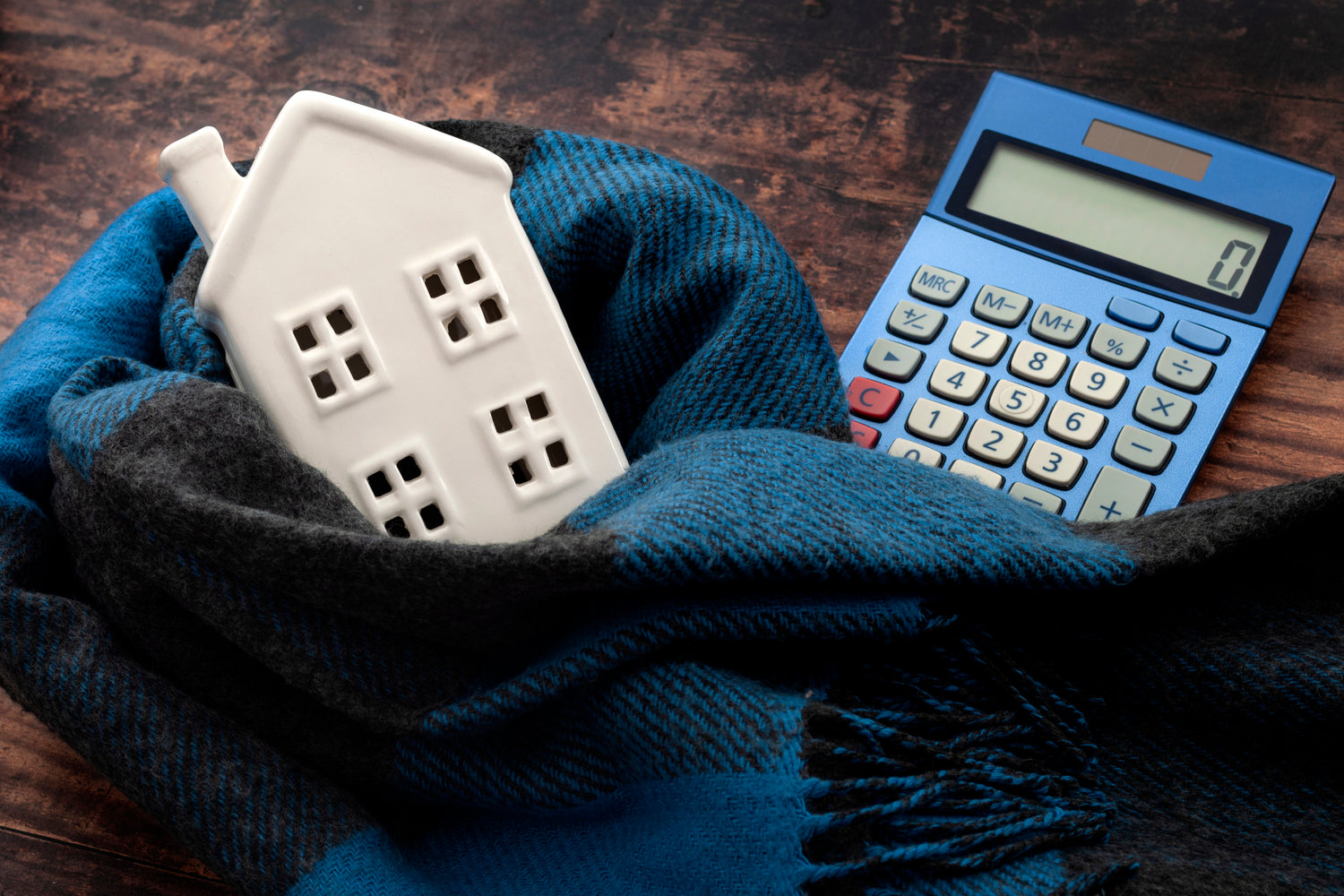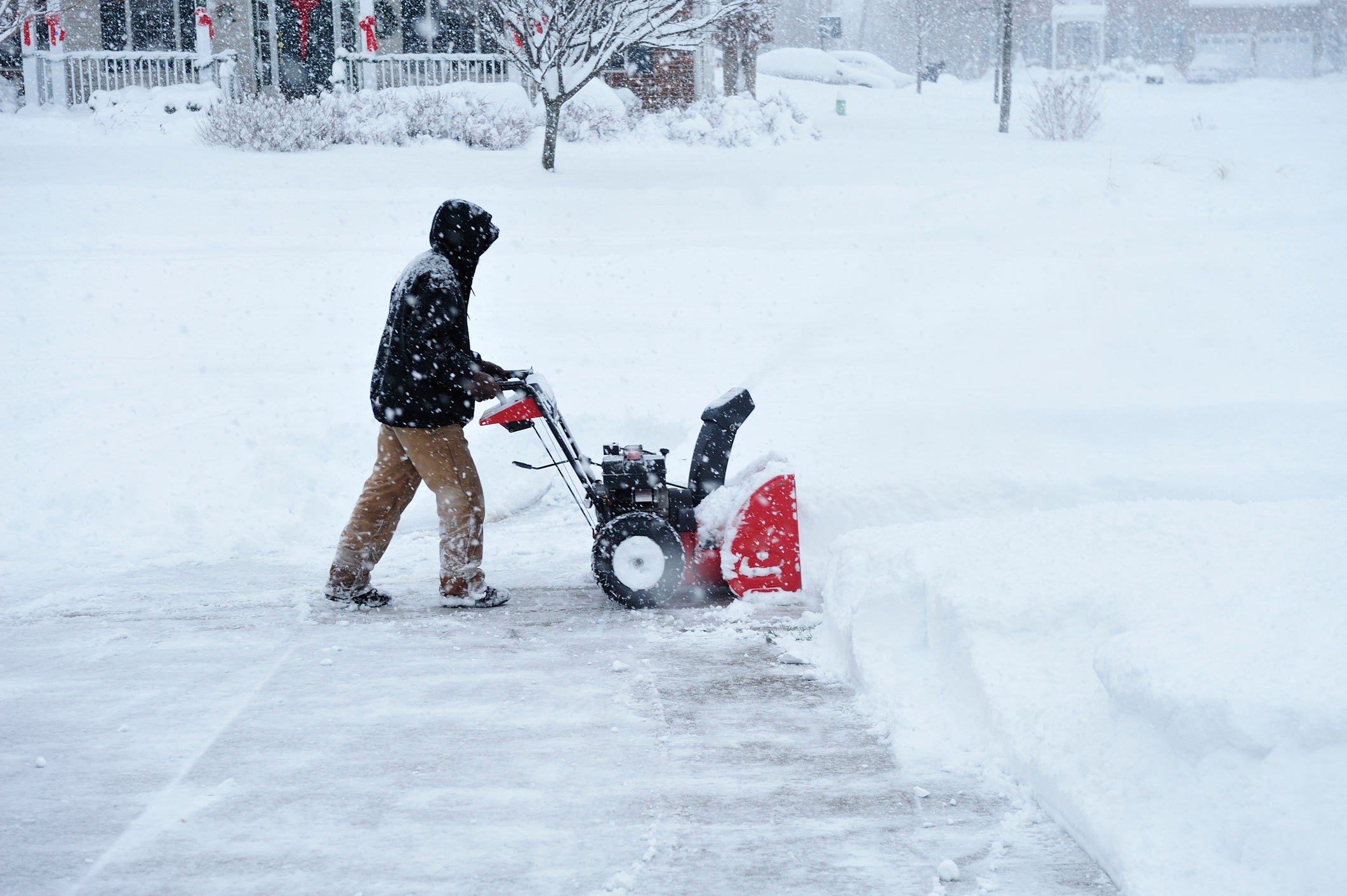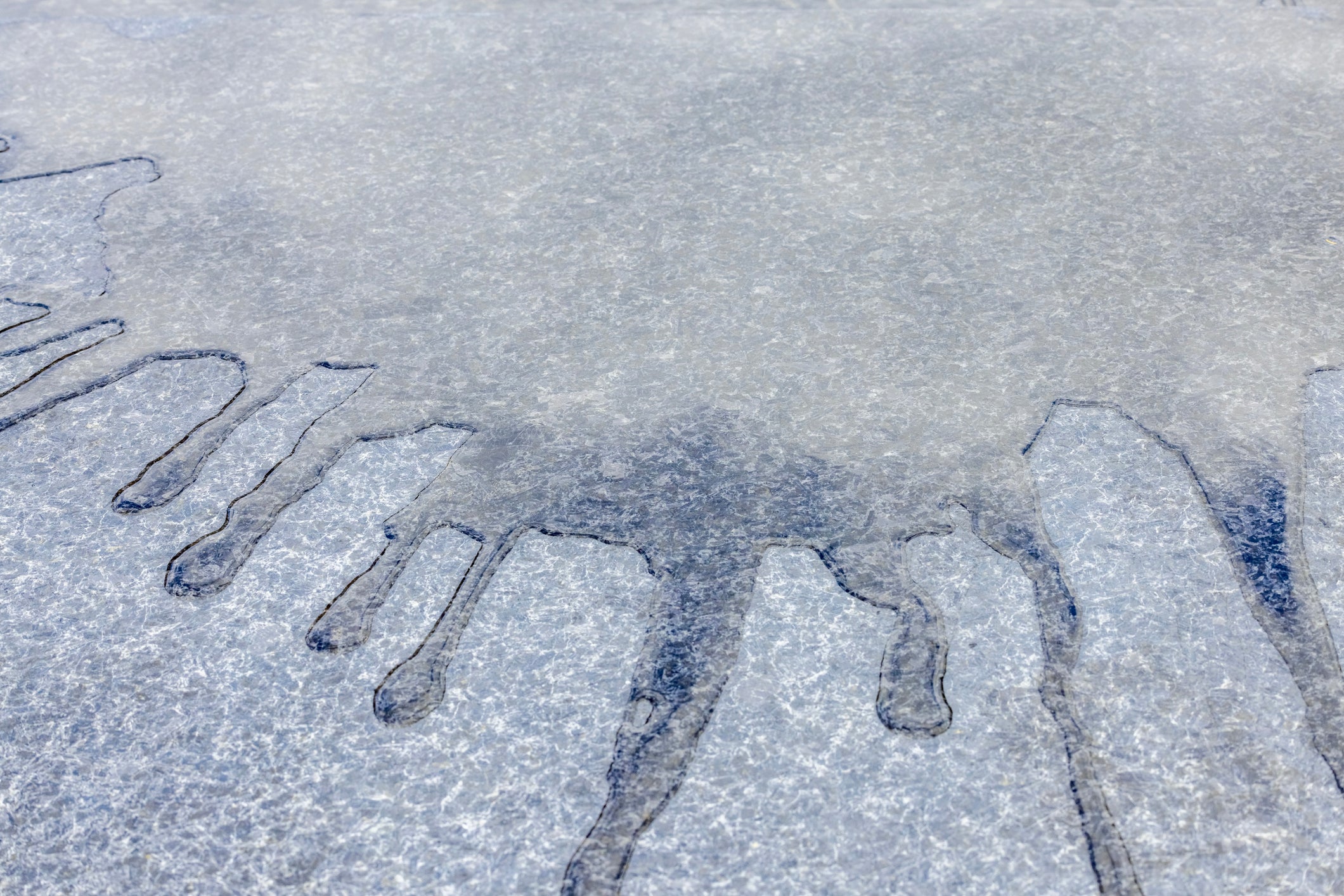As winter's chill rolls in, homeowners everywhere prepare for the daunting task of battling snow and ice. HeatTrak Snow and Ice Melting Mats have emerged as an innovative solution, but how do they fare on your electric bill? Let's dive deep.
Understanding Electricity Consumption: The Basics
When you see an increase in your electric bill, it's usually due to the consumption of more kilowatt-hours (kWh). Each appliance, including HeatTrak's heated mats, has a unique wattage, and its operating cost will depend on this wattage combined with how long it's used.
HeatTrak’s Consumption: Debunking the Myths
At a glance, one might assume that using electricity to melt snow could be expensive. But let's break down the actual usage.
Imagine a setup of two walkway mats and three stair mats. The operating cost for this is approximately 15 cents per hour. Considering that these mats aren't running 24/7, but only when it's snowing, the costs become more palatable. Running this setup for 10 hours during a snowstorm would only set you back less than $2.
And here's something for those who dread mounting expenses: the stair mats are incredibly pocket-friendly, operating at just a penny per hour. With five stair mats, that’s merely five cents per hour. Quite the deal, isn't it?
The True Cost Variables
Several elements will influence your final bill:
Size and number of mats: Larger setups with more mats will indeed use more electricity.
Local electricity rates: Depending on where you live, your local energy company’s rate can significantly influence the final figure on your bill.
Usage patterns: The mats are designed to be used smartly—activated a few hours before a snowfall and deactivated a short while after it stops. Continuously running them will, of course, lead to higher costs.
Home's winterization: Energy-efficient homes tend to consume less energy during the colder months, which can affect the overall energy bills.
Weighing the Benefits: A Larger Perspective
Beyond the cents and dollars, there’s an invaluable proposition to be considered. Safety. Every winter, countless people face injuries from slips and falls due to icy walkways. The potential medical bills and the sheer pain and inconvenience can be far more taxing than the minor increase in electricity consumption.
Moreover, there’s a tangible saving in terms of time and physical effort. No more early morning snow shoveling or scraping ice before you head to work. A clear path is always ready for you.
Additionally, the HeatTrak Snow Melting Mats, with their optimized design, prevent repeated freeze-thaw cycles on walkways and driveways. Over time, these cycles can degrade and damage surfaces, leading to expensive repairs. The mats not only provide immediate convenience but also long-term savings by extending the lifespan of these surfaces.
In Summary: The Verdict on HeatTrak’s Electric Costs
While there's no singular answer that can definitively state the exact cost for every homeowner, the narrative is clear. The running costs of HeatTrak Mats, especially when used smartly, are manageable and often dwarfed by the myriad of benefits they offer.
So, the next time someone asks, “How much does it cost to run electricity for HeatTrak?”, not only can you offer them a comprehensive answer, but also a broader perspective. With HeatTrak, a safer, convenient, and more comfortable winter isn’t just a dream—it's an affordable reality.


